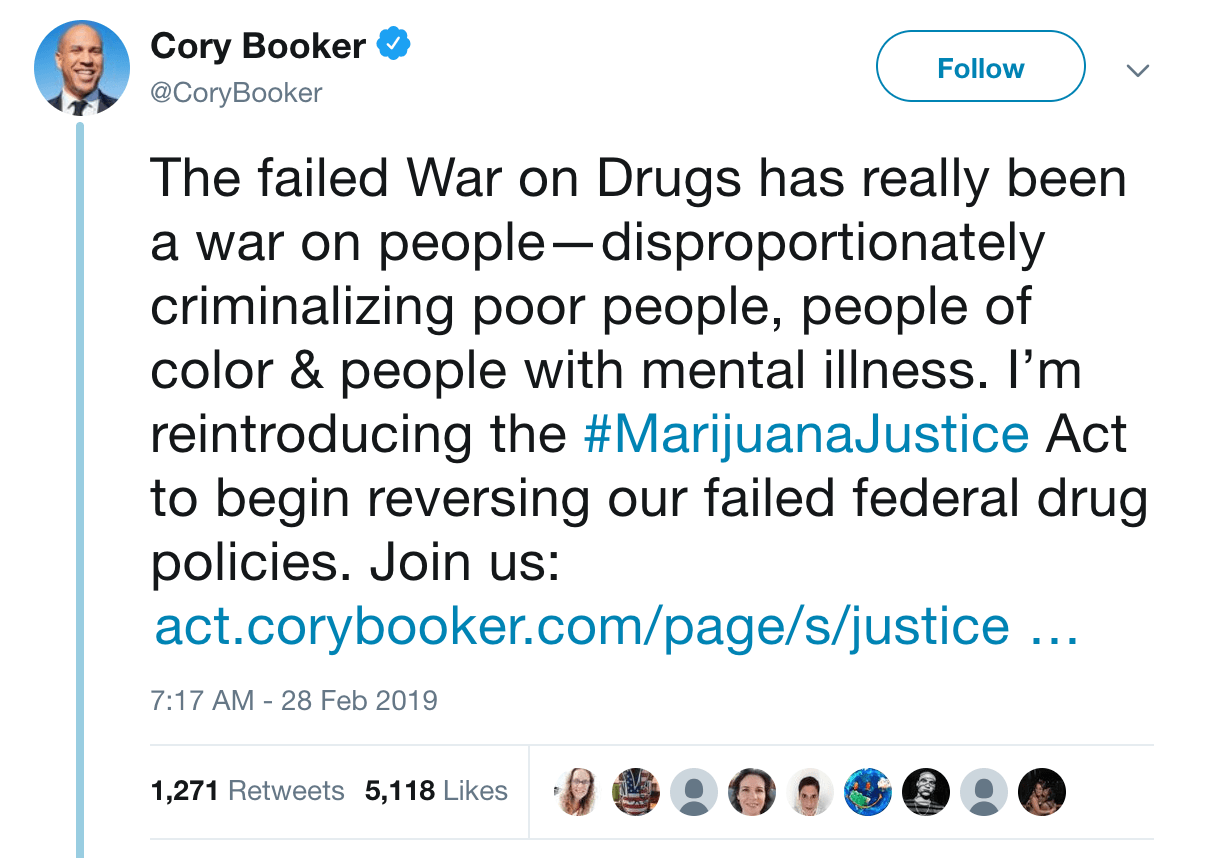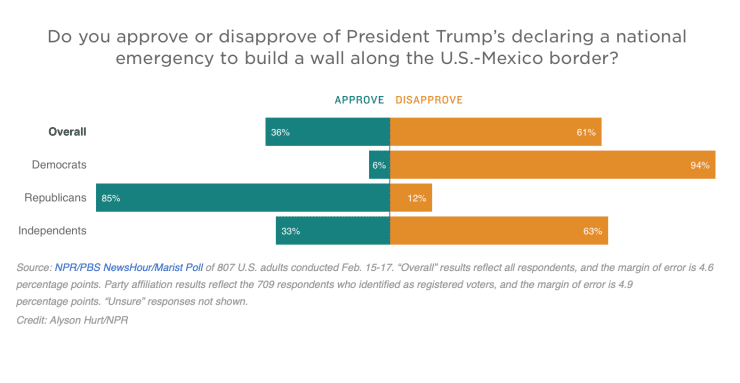College has not only gotten expensive, but the cost becomes a burden for years. When graduating an undergraduate program, the average student leaves with over $37,000 in student loan debt. This is a $20,000 increase from 20 years ago. Over 70% of students today graduate with a significant amount of loans with an average of a $393 monthly payment.¹ What impact might this have on their lives as they start their careers?
The main cause of this student debt is the rise in tuition over the past three decades. While the average private college undergraduate tuition has climbed over $18,000, Four-year public colleges and universities now average over $10,000, tripling what they used to cost. While two-year institutions are a much lower $3660 per year, they have also doubled in price.
(Source: The College Board, https://trends.collegeboard.org/sites/default/files/cp-2018-figure-3.png)
To address this issue, two Democratic Senators running for President, Sen. Bernie Sanders (VT) and Elizabeth Warren (MA) have both produced proposals that would make higher education at public colleges and universities free to those who are accepted into the schools.
Bernie Sanders calls his “The College For All Act.” The legislation would:
- Provide $47 billion a year to states to eliminate tuition at public colleges and universities.
- The federal government would cover 2/3 of the cost while states would be required to provide 1/3 of the total cost.
- The Act would cut student loan interest rates from 4.32% to 2.32% by changing the loan formula. Current student loans would be allowed to be refinanced.
- Work-Study would be expanded so more students would qualify to work and earn money at school.
- The proposal is paid through a “Robin Hood” tax on Wall Street. This tax would be imposed at a rate of 0.5% on stock trades and a 0.1% fee on bonds.
Elizabeth Warren’s proposal starts with student loan debt elimination and then eliminates public school tuition with her “Universal Free College” program. The proposal:
- Cancels $50,000 in student debt for households with incomes under $100,000; This debt cancellation slowly lowers until households with over $250,000 in income do not get debt relief.
- Splits the cost of tuition with states to make public 2-year and 4-year public colleges and universities free.
- Adds an additional $100 billion to Pell grants to cover non-tuition expenses such as room, meals and textbooks.
- Makes additional funding available to states that make dramatic improvements in graduating low-income students and students of color
- While debt cancellation will be a one-time cost of $640 billion, Universal Free College will cost an estimated $1.2 trillion over 10 years. Warren plans on paying for that through an “Ultra-Millionaire Tax.” This would tax households with over $50 million in wealth an extra 2% per year, and those above $1 billion an extra 3%.
While both proposals address college tuition and college debt, they do so in different ways.
Discussion Questions
- Have students examine the Sanders and Warren proposals more closely.
- In what areas are they specific, and in what ways might one find them vague?
- What questions do you still have after reading these proposals?
- Which one do you think is stronger? Why?
- First, read the following two quotes about free tuition proposals and discuss which quote is closest to your own view? Why?
- “Going to college shouldn’t result in a lifetime sentence of student debt, but that is exactly what is happening and it’s only getting worse. [Tuition-Free College] would release Americans from their debt sentence so they can live their lives, care for their families and have a fair shot at the American dream.” – Randi Weingarten, President, AmericanFederation of Teachers2
- “People go to college, and often take on loans to do so, at least in part to greatly increase their lifetime earnings. It is unfair that they should not have to repay the taxpayers who had no choice but to give them that money, on the terms the borrowers voluntarily agreed to. Ending tuition and fees at public colleges would also be unfair, forcing taxpayers to fund the private gain of students, especially students from more well-to-do families, who tend disproportionately to go to college,”- Neil B. McCluskey, Director, Center for Educational Freedom at the CATO Institute.3
- What are the benefits of providing tuition-free public college education? What are some of the problems with it?
- Would you support a Tuition Free College proposal? Why or why not? If no, do you think anything should be done about the rising costs of tuition and mounting student debt? If so, what would you propose?
Sources
Featured Image: Jeff Stahler, GoComics.com
[1] Hess, Abigail. “Here’s how much the average student borrower owes when they graduate.” Cnbc.com 18 February 2018. Retrieved 22 April 2019. https://www.cnbc.com/2018/02/15/heres-how-much-the-average-student-loan-borrower-owes-when-they-graduate.html
[2] Herndon, Astead W. “Elizabeth Warren’s Higher Education Plan: Cancel Student Debt and Eliminate Tuition.” 22 April 2019. The New York Times. Retrieved 22 April 2019. https://www.nytimes.com/2019/04/22/us/politics/elizabeth-warren-student-debt.html
[3] Ibid.









